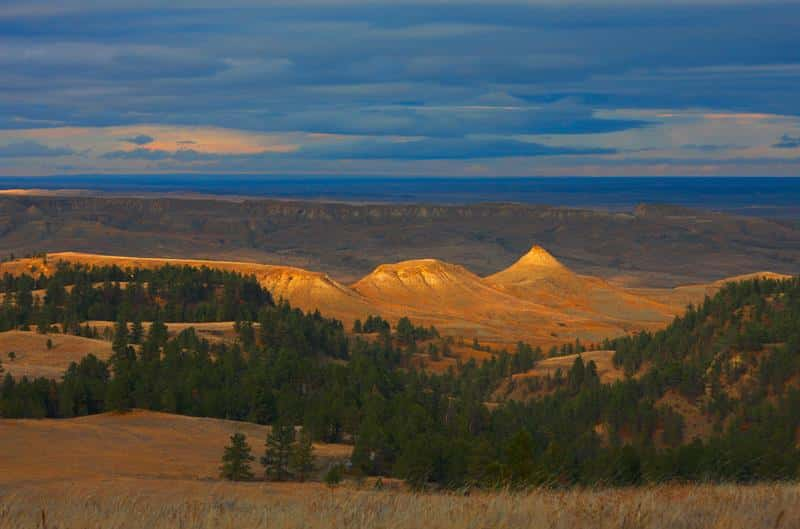EDITORIAL
August 25, 2017
BOZEMAN – As fall approaches, American Prairie Reserve (APR) is getting inquiries about 2017 hunting opportunities on APR’s private lands. The following outlines this year’s plans and how they relate to our long-term goals.
Our year-to-year hunting plans always take into account APR’s long-term habitat and wildlife goals which include improving the abundance and diversity of not just game animals, but also grassland birds, reptiles, pollinators and other non-game species. We measure our current and future progress on our private lands and Wild Sky™ ranches on the Freese Scale, which you can learn more about on APR’s website.
One of APR’s top goals, in addition to steadily increasing public access, is to help create considerably more wildlife abundance – including game animals – than currently exists on our combined 98,000 private acres in Fergus, Blaine, Phillips, Petroleum, Choteau, and Valley Counties. To achieve this goal, we adjust our annual approach to hunting based on the current species populations in any given management unit. This year, some units will be open for public hunting of elk, big horn sheep, and other species while others will not. Additionally, some management units will allow hunting of males only and some units are open for hunting fewer days per week than others.
There are a number of reasons for the variances across management units.
When an APR management unit is closed to all hunting in a particular year, allows hunting only on certain days, or specifies males-only, you can assume we are trying to increase the populations of one or more species in that region. For instance, on some units we currently have little or no elk at all, so we will restrict elk hunting there until we begin to achieve robust elk populations. The same goes for pronghorn, mule deer, white tail, big horn sheep and other game animals. A measure of success for us is that a species is numerous enough to consistently spill over onto public lands adjoining our private acres.
On some management units, you will see limits on the number of hunting days per week and, in some cases, specifying primitive or short-range weapons only. The goal in this situation, in addition to trying to increase game numbers, is to change a species’ behavior over time. Animals subjected to hunting pressure seven days per week, or pursued with long-range weapons, tend to flee from all human presence. While we want to create increasingly better public hunting opportunities on APR lands, we also want the non-hunting public to enjoy wildlife that behaves more or less naturally, which generally occurs when human beings are only periodically viewed as a threat, and at no more than seventy to one-hundred yards.
This fall, some APR management units are enrolled in Fish Wildlife and Parks Block Management program – our preferred way to work with public hunting – while some are not. If a management unit is not in Block Management, it is either to help increase all game populations there, or it is open for a very limited number of species or sexes, which does not fit Fish Wildlife and Park’s criteria for participation in Block Management. Our intention over the long term is to continually expand our participation in Block Management and steadily improve hunter opportunities across a wide and varied landscape.
Lastly, this fall, as we approach our minimum viable population goal of one thousand bison, we will conduct our first annual public buffalo hunt. More information about the 2017 buffalo lottery and tag system will be published soon.
Public access is at the core of our mission and we are working year by year to make it easier for the general public to navigate our lands by improving directional signage and removing fences. Where fences are still needed and as we can afford it, we are installing cattle guards to replace gates that have to be opened and closed. If you enjoy recreating on APR’s private lands, you can help us accelerate our progress in improving public access. Whether it involves more and better directional signs, car gates, picnic tables and fire rings, or adding more acres to our holdings; donations from private individuals pays for it all. Please consider supporting these initiatives by becoming a member of American Prairie Reserve.
For further information please check out our updated Frequently Asked Questions on our website or contact us by phone or e-mail at mail@americanprairie.org.

by Sean Gerrity
CEO, American Prairie Reserve
Photos courtesy of American Prairie Reserve


